Introduction Korean Grammar ‘-냬요 and -재요’
Learning Korean grammar can be challenging, but breaking it down into manageable lessons can make it easier. Today, we will explore the grammar patterns ‘-냬요’ and ‘-재요,’ which are used to report questions and suggestions in Korean. This lesson will help you understand and use these forms effectively.
Learn Korean with JAEM : Improve your Korean with our app through free lessons and courses. And also, Join our 4-week challenge program to progress from upper-beginner to master level with Native Korean Coaches. Strat to study Korean more!
Our Book: Don’t miss out on our comprehensive book that covers essential Korean language skills and strategies. See our books and study with us! 🙂
AI Writing Practice Program: Enhance your writing skills with JAEM TOPIK, our AI-powered practice program. Get personalized feedback and TOPIK tips to elevate your Korean writing. Study TOPIK writing yourself and get high TOPIK score!

Table of Contents
Grammar Explanation ‘-냬요 and -재요’
The grammar patterns ‘-냬요 and -재요’ are used to report questions and suggestions, respectively. These endings are contractions of ‘-냐고 해요’ and ‘-자고 해요.’
Formation:
- -냬요: Used to report questions.
- Verb/Adjective + -냬요
- -재요: Used to report suggestions.
- Verb + -재요
Structure:
- -냐고 해요 -> -냬요
- -자고 해요 -> -재요
| Speech Form | Form | Example Sentence |
|---|---|---|
| Question | 가냬요 | 그는 어디 가냬요? (He asks where I am going) |
| Suggestion | 가재요 | 그는 같이 가재요 (He suggests that we go together) |
Examples
Reporting Questions with ‘-냬요’:
- 가다 (to go)
- 가냬요 = Asks if (someone) is going
- 그는 어디 가냬요? = He asks where I am going.
- 먹다 (to eat)
- 먹냬요 = Asks if (someone) eats
- 그녀는 밥을 먹냬요? = She asks if I am eating a meal.
- 좋다 (good)
- 좋냬요 = Asks if (something) is good
- 그는 이 책이 좋냬요? = He asks if this book is good.
- 예쁘다 (pretty)
- 예쁘냬요 = Asks if (someone) is pretty
- 그녀가 예쁘냬요? = He asks if she is pretty.
Reporting Suggestions with ‘-재요’:
- 가다 (to go)
- 가재요 = Suggests going
- 그는 같이 가재요 = He suggests that we go together.
- 먹다 (to eat)
- 먹재요 = Suggests eating
- 그녀는 저녁을 먹재요 = She suggests that we eat dinner.
- 공부하다 (to study)
- 공부하재요 = Suggests studying
- 친구가 도서관에서 공부하재요 = My friend suggests that we study at the library.
- 만나다 (to meet)
- 만나재요 = Suggests meeting
- 그는 내일 만나재요 = He suggests that we meet tomorrow.
Usage in Context
When using ‘-냬요 and -재요’ in different contexts, they emphasize reporting questions and suggestions, respectively.
Reporting Questions:
- 그녀가 무슨 일이 있냬요? = She asks if something happened.
- 그들이 언제 출발하냬요? = They ask when we are leaving.
- 그는 왜 늦었냬요? = He asks why I was late.
- 선생님이 숙제를 했냬요? = The teacher asks if I did my homework.
Reporting Suggestions:
- 친구가 영화를 보재요 = My friend suggests that we watch a movie.
- 그녀가 산책을 하재요 = She suggests that we take a walk.
- 우리가 함께 공부하재요 = They suggest that we study together.
- 그는 여행을 가재요 = He suggests that we go on a trip.
Cultural Insight: In Korean culture, accurately reporting questions and suggestions using ‘-냬요 and -재요’ shows attentiveness and respect in conversations. It helps convey the exact inquiries and proposals of others.
Common Mistakes
Common Mistakes:
- Incorrect: 가냐고 해요 (Correct but less conversational)
- Correct: 가냬요 = Asks if (someone) is going
Mistake Explanation: Ensure that the contracted forms ‘-냬요 and -재요’ are used to convey reported speech in a more conversational manner.
Related Grammar Points
Explore these related grammar points to deepen your understanding:
- -대요: To report statements or thoughts.
- -래요: To report commands or requests.
- -다고 하다: To report statements or thoughts.
- -자고 하다: To report suggestions.
Practice Exercises
Practice Makes Perfect!
- Exercise 1: Conjugate the following verbs/adjectives using ‘-냬요 and -재요.’
- 가다 (to go)
- 먹다 (to eat)
- 좋다 (good)
- 공부하다 (to study)
Answer Key:
- 가냬요 / 가재요
- 먹냬요 / 먹재요
- 좋냬요 (no suggestion form for adjectives)
- 공부하냬요 / 공부하재요
- Exercise 2: Create sentences using ‘-냬요 and -재요’ for the following situations:
- She asks if I am a student.
- He asks if I am reading a book.
- They suggest that we have lunch together.
- She suggests that we meet tomorrow.
Answer Key:
- 그녀가 내가 학생이냬요.
- 그가 내가 책을 읽냬요.
- 그들이 같이 점심을 먹재요.
- 그녀가 내일 만나재요.
Download the workbook for more exercises and practice.
Summary and Conclusion
Today, we covered the grammar points ‘-냬요 and -재요’ and how to use them to report questions and suggestions in Korean. These patterns are essential for accurately conveying inquiries and proposals in a conversational and respectful manner. Continue practicing with our workbook and check out related lessons for more in-depth learning.
If you have any questions or suggestions, feel free to comment below. Happy learning!
Learn Real Korean with JAEM!
Learn Korean with JAEM Korean App & 4-week Challenge: Discover the best way to learn real Korean with our comprehensive app. Enjoy a wide variety of free lessons and courses designed to help you master the language. Also, our unique 4-week challenge program guides you from an upper-beginner level to a master course, all under the guidance of Native Korean Coaches. Whether you’re just starting out or looking to refine your skills, this program offers an effective path to fluency.
AI Korean Writing Practice Program: Take your Korean writing to the next level with JAEM TOPIK, our innovative AI writing practice program. This service provides personalized feedback and practical tips tailored to your learning needs. With a focus on improving your Korean writing, JAEM TOPIK also offers specific strategies for excelling in the TOPIK exam. Benefit from expert insights and targeted advice to enhance your proficiency and confidence in writing.
Our Book: Additionally, explore our comprehensive book that covers essential Korean language skills and strategies. This valuable resource complements our app and AI program, providing a holistic approach to mastering Korean.

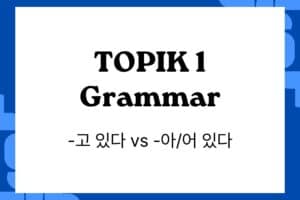
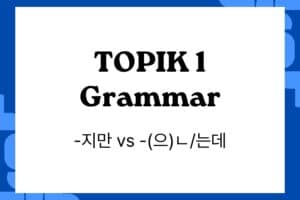
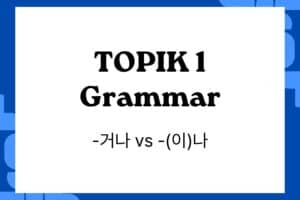
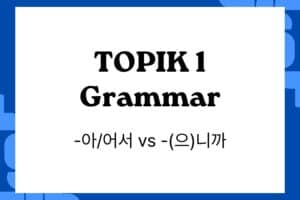
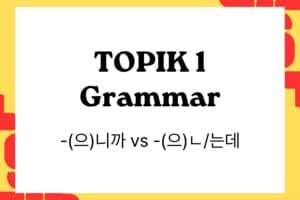
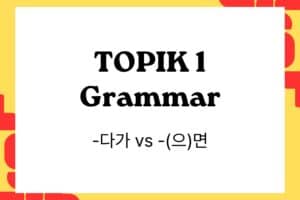
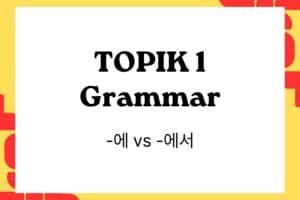
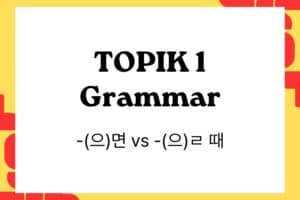



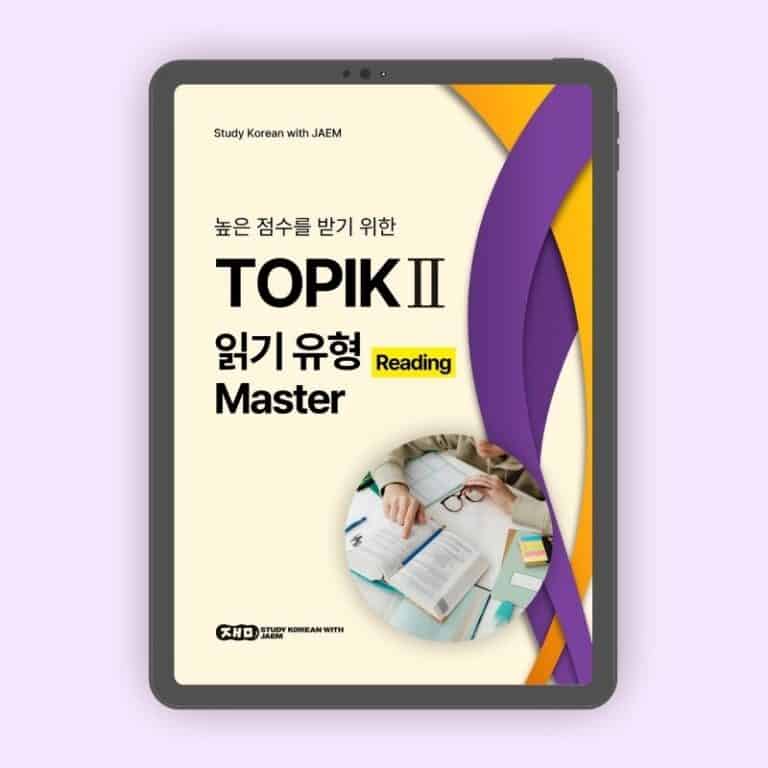

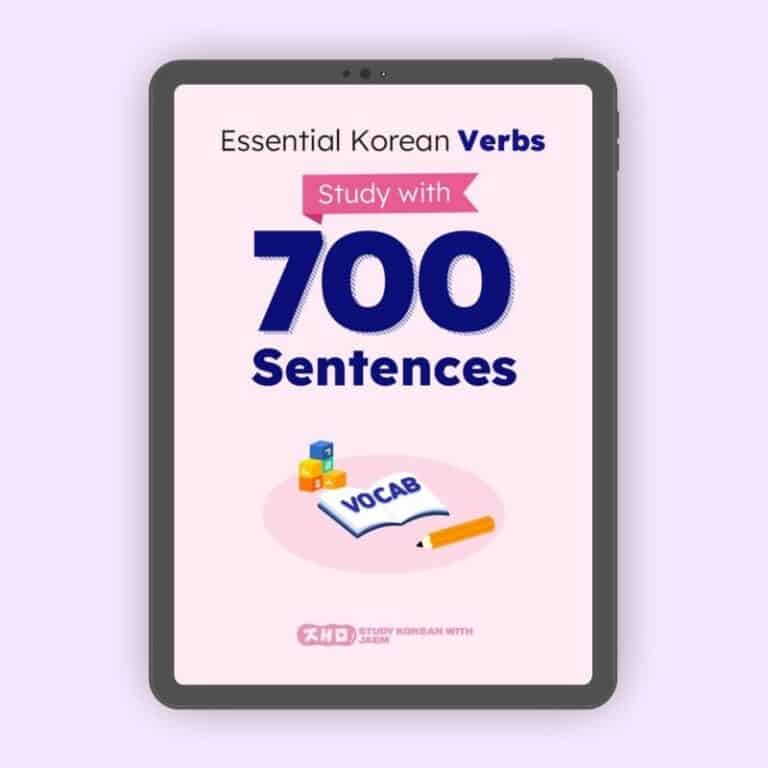
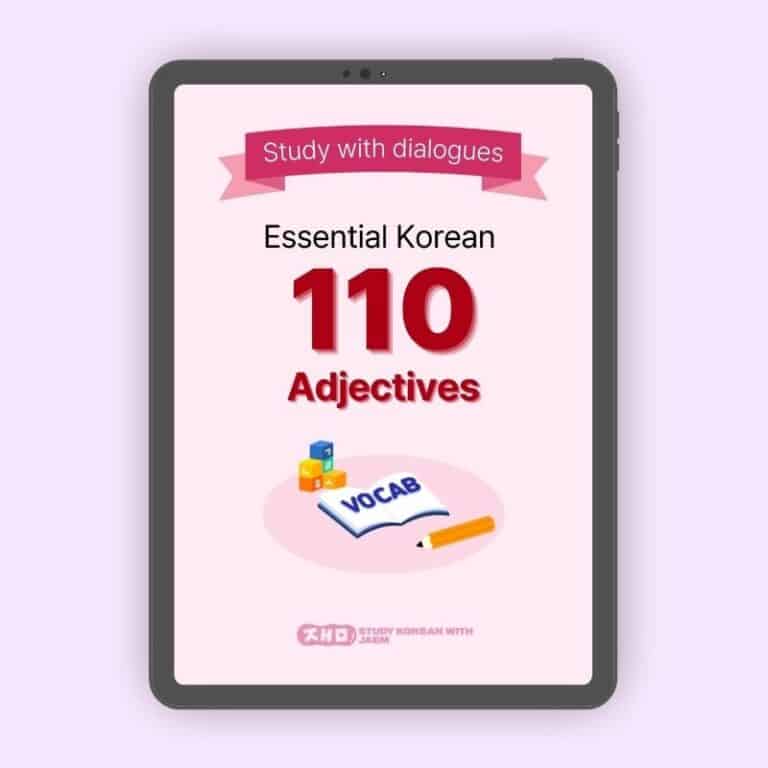
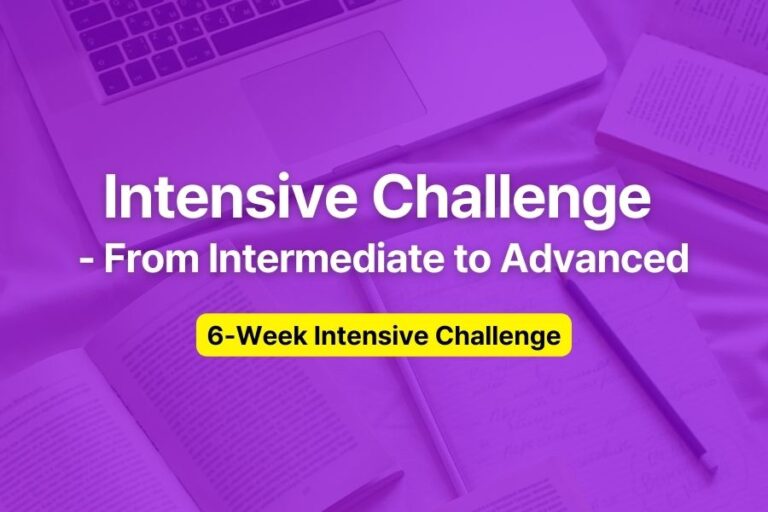
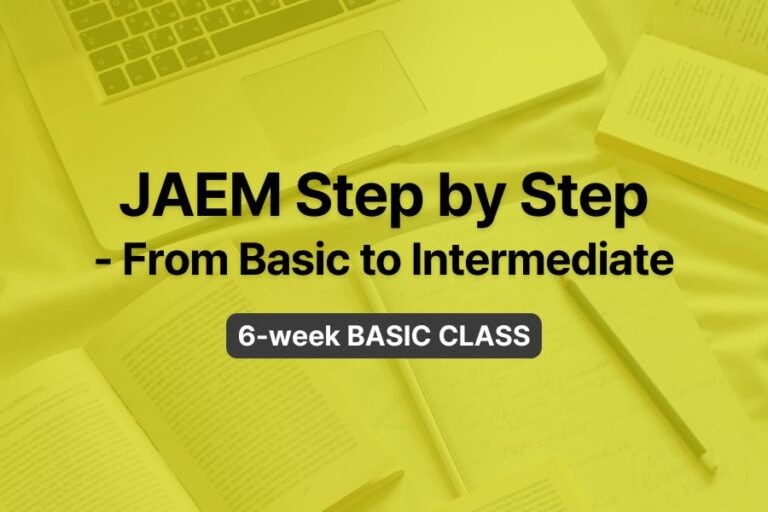

Responses